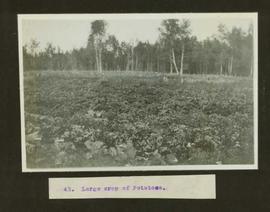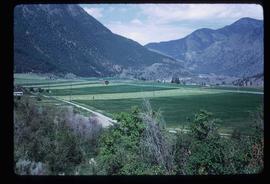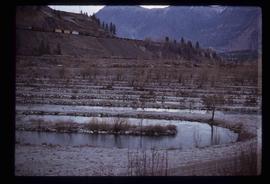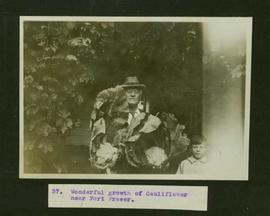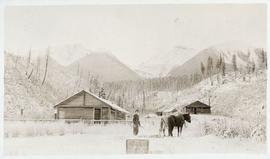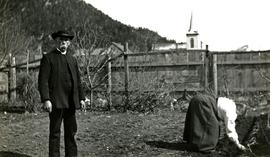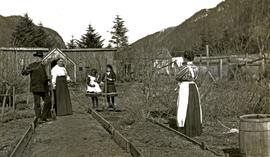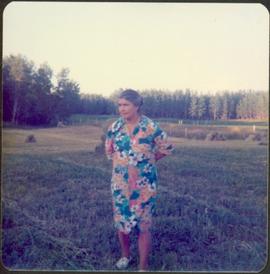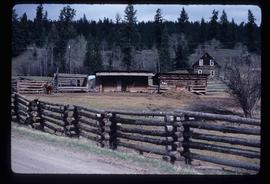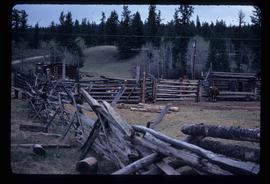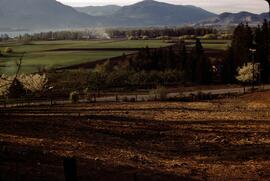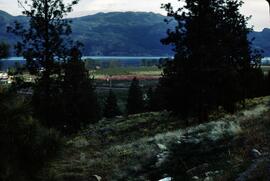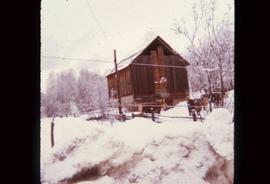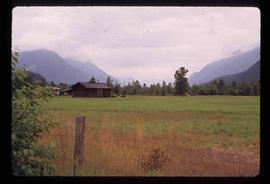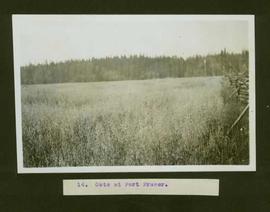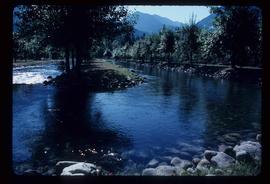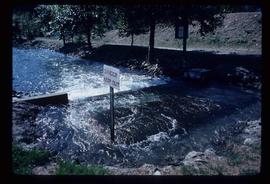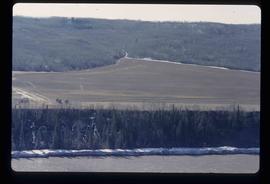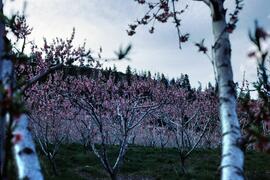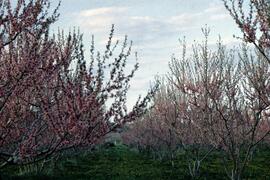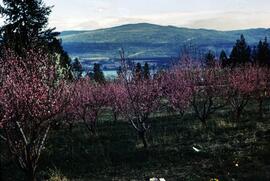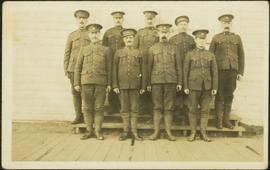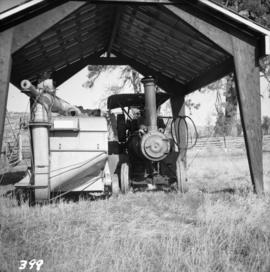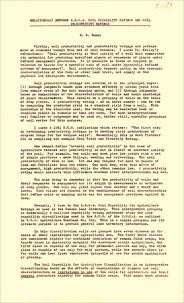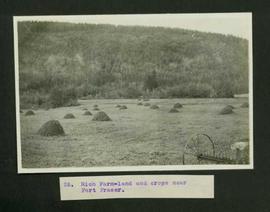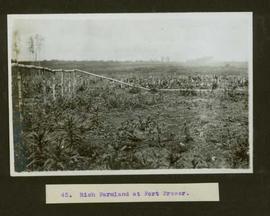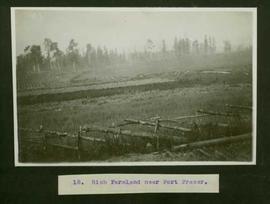File consists of a speech given by Gary Runka entitled "Land Resource Issues in BC" at a UBC seminar.
Commentary on this speech by Barry Smith of the Ministry of Agriculture and Lands:
"This speech / paper asks the question, "Are we in fact making any real progress towards resolving .... land resource conflicts...?"
A discussion is introduced that land resource issues are rural planning issues and as such they impact rural people and their lifestyle and thus translate to lifestyle issues. GGR suggests that planners are urban oriented and they should stand on the rural side of the fence and look back at the urban areas rather than the other way around.
Too often in government an agency's interests are paramount and insist that others tag along as long as they don't interfere with the prime use thrust. A concern is also expressed with "...too many waves of single use legislative power coming to the fore..." It is noted that the "...goal of any regulatory program should be to protect important public interests."
The paper concludes by considering a few current land resource issues including:
- Forestry-Agriculture
- Grazing land tenure transfer
- Fisheries - Agriculture - Forestry - Urban
- Energy - Agriculture
- Urban-Rural
- Energy-Lifestyles
- Wildlife - Recreation - Energy
- Agriculture and Recreation Lands - Foreign Ownership and Influence
While farmland preservation isn't central to this speech the rural resource and planning theme is relevant."
